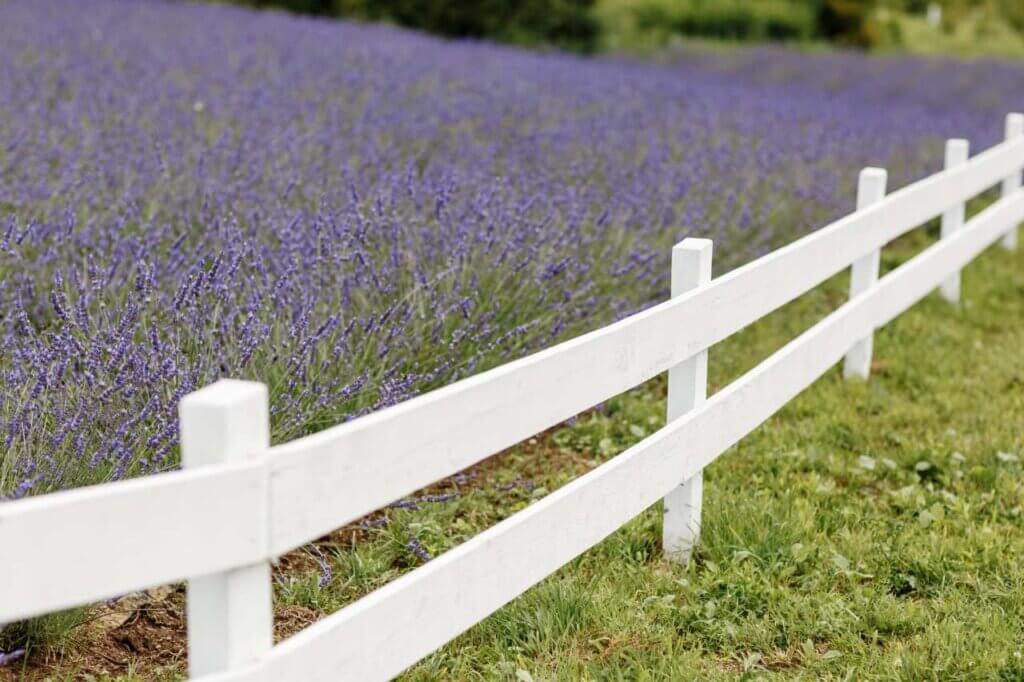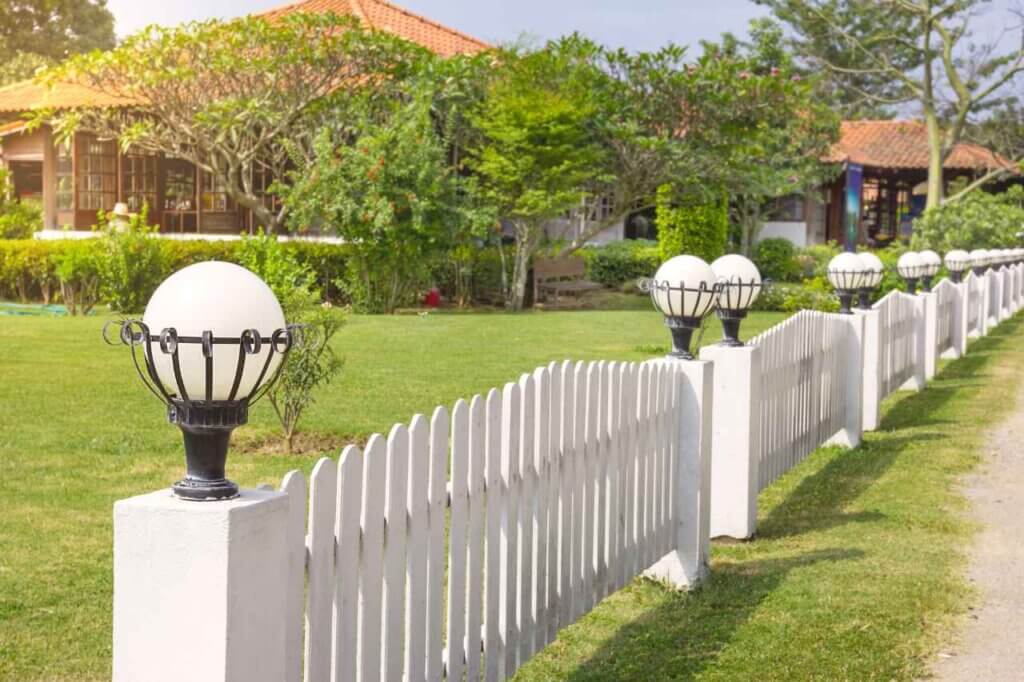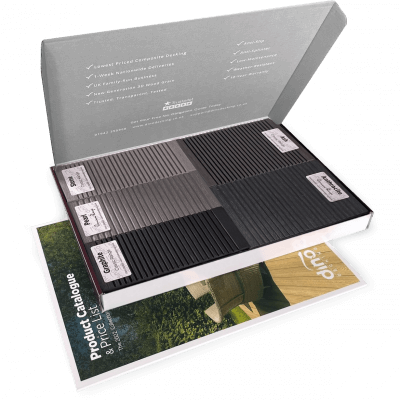5 Composite Decking Lighting Ideas
Our composite decking looks great in any setting, but you can really make your outdoor spaces shine with our decking
Products in Stock
Lowest Prices
Express Delivery
10-Year Warranty
Bank Holiday Weekend Sale. Up To 15% Off.

The age-old question that has sparked neighbourly disputes and head-scratching for generations – which side of the fence actually belongs to me? It may seem like a simple query, but in reality, determining fence ownership in the UK can be a bit trickier than you might expect.
Whether you’re planning a new fence, tackling some repairs, or simply want to know where your responsibilities lie, let’s dig deeper into the nuances of property boundaries, legal guidelines, and practical steps to determine which side of the fence is indeed yours.
In the UK, fence ownership isn’t always as clear-cut as ‘my side’ and ‘their side’. Sometimes, ownership and responsibilities are shared between neighbours, leading to potential confusion and disagreements. So, what exactly dictates who owns the fence?
Several factors come into play, including:
In some cases, fences might be considered ‘party fences’, meaning they are jointly owned by both you and your neighbour. This often occurs when the fence sits directly on the boundary line between two properties.
Even with shared ownership, it’s important to establish who is responsible for the fence’s upkeep. Sometimes, these responsibilities are explicitly stated in property deeds or legal agreements. In other cases, they might be based on historical practice or informal agreements between neighbours.
It’s important to note that if a fence is jointly owned, both parties are typically responsible for its maintenance and repair. If one owner wants to make changes to the fence, they should ideally obtain consent from their neighbour first.
So, how do you actually figure out which side of the fence is yours? Here are some practical steps you can take:
Your property deeds and title plans are the official documents that outline your property boundaries, and they might even include information about fence ownership. If you’re unsure where to find these documents, you can obtain copies from the Land Registry. Look out for those mysterious ‘T’ marks on the plans, which can sometimes indicate ownership.
Sometimes, there are visual clues that can help identify fence ownership. For example, the fence posts might be on your side of the boundary, or the ‘good side’ of the fence (the side with the finished facing) might traditionally face your neighbour’s property. However, these indicators aren’t always definitive, and it’s essential to consult your property deeds for confirmation.

If you’re unsure about ownership, it’s always worth having a friendly chat with your neighbour. They might have insights into the fence’s history or any previous agreements regarding its maintenance.
Also Read: What is Composite Fencing and Why is It a Popular Option for 2025
Unfortunately, fence ownership disputes can arise, leading to tension between neighbours. These disputes often stem from unclear boundaries, differing interpretations of property deeds, or changes made to the fence without proper consultation.
If you find yourself in a dispute with your neighbour regarding fence ownership, it’s always best to try and resolve the matter amicably through open communication. If that doesn’t work, mediation or seeking legal advice might be necessary to reach a resolution.
As mentioned earlier, open and honest communication with your neighbour is the best first step in resolving any ownership questions or disagreements about fence ownership. Approach the conversation in a friendly and respectful manner, and try to find a mutually agreeable solution.
If you’re unsure about any aspect of fence ownership or encounter any disputes, it’s wise to seek professional advice from a solicitor or surveyor who can help you interpret your property deeds, understand your legal rights, and navigate any potential conflicts.
If resolving the ownership issue proves challenging or you’re simply looking for a fresh start, consider replacing the existing fence with a new one. This allows you to clearly define boundaries and responsibilities moving forward. And if you’re looking for a durable, low-maintenance option, our best-selling composite fence panels in the UK offer a stylish and long-lasting solution!
Ultimately, determining fence ownership is an important aspect of being a responsible homeowner, but it shouldn’t be a cause for dispute with your neighbours. Remember, a fence can be more than just a boundary; it can be a beautiful addition to your outdoor space that enhances privacy, security, and aesthetic appeal. So, take the time to understand ownership, explore different fencing options and create a boundary that complements your home and fosters a positive, not petty, relationship with your neighbours.

Our sample pack contains a sample piece of each colour currently available. Order your free sample pack today to compare the colours and get a true feeling of the Dino Decking range!
Our composite decking looks great in any setting, but you can really make your outdoor spaces shine with our decking
If the idea of having rats under your decking makes you shiver, don’t worry. We’ll let you know the signs
Business hours
Monday: 09:00 – 17:30
Tuesday: 09:00 – 17:30
Wednesday: 09:00 – 17:30
Thursday: 09:00 – 17:30
Friday: 09:00 – 17:30
Saturday: Closed
Sunday: Closed
Contact us
01942 355968
support@dino.co.uk
Collection Address: Unit 1 Wetheral Close Hindley Ind Estate Wigan Greater Manchester North West WN2 4HS
Pages
Products
Testing
Copyright 2025 Dino Decking Ltd All Rights Reserved.
VAT Number: GB296097848.
Company Number: 10837233.